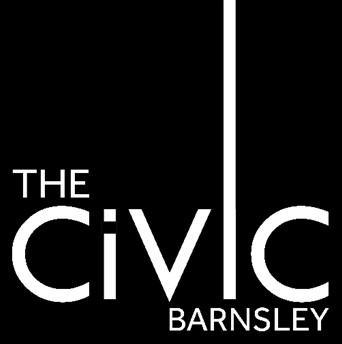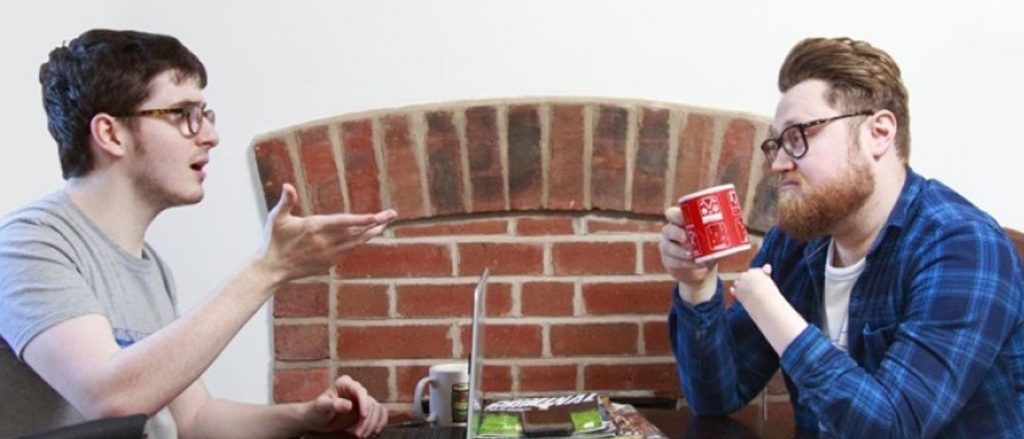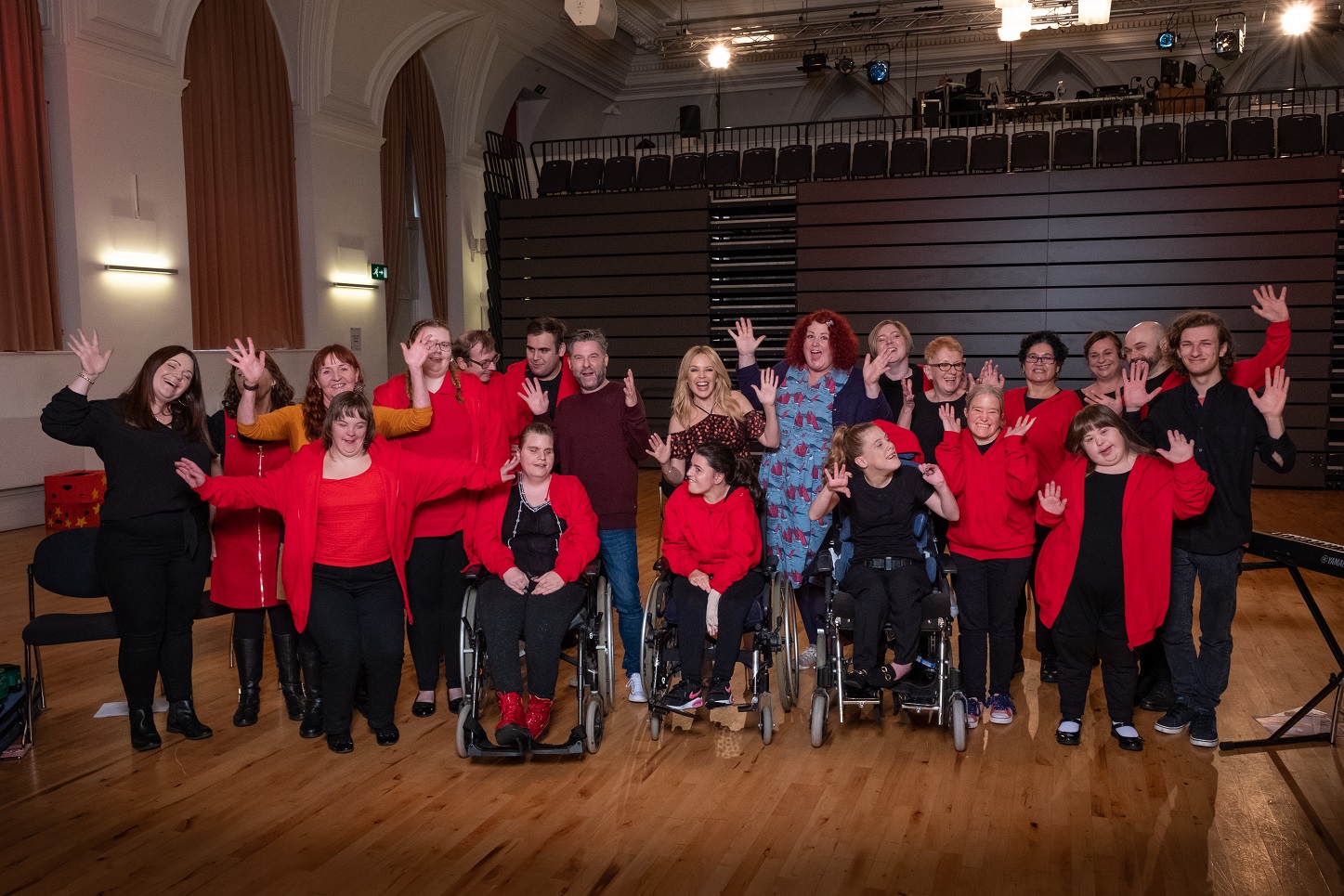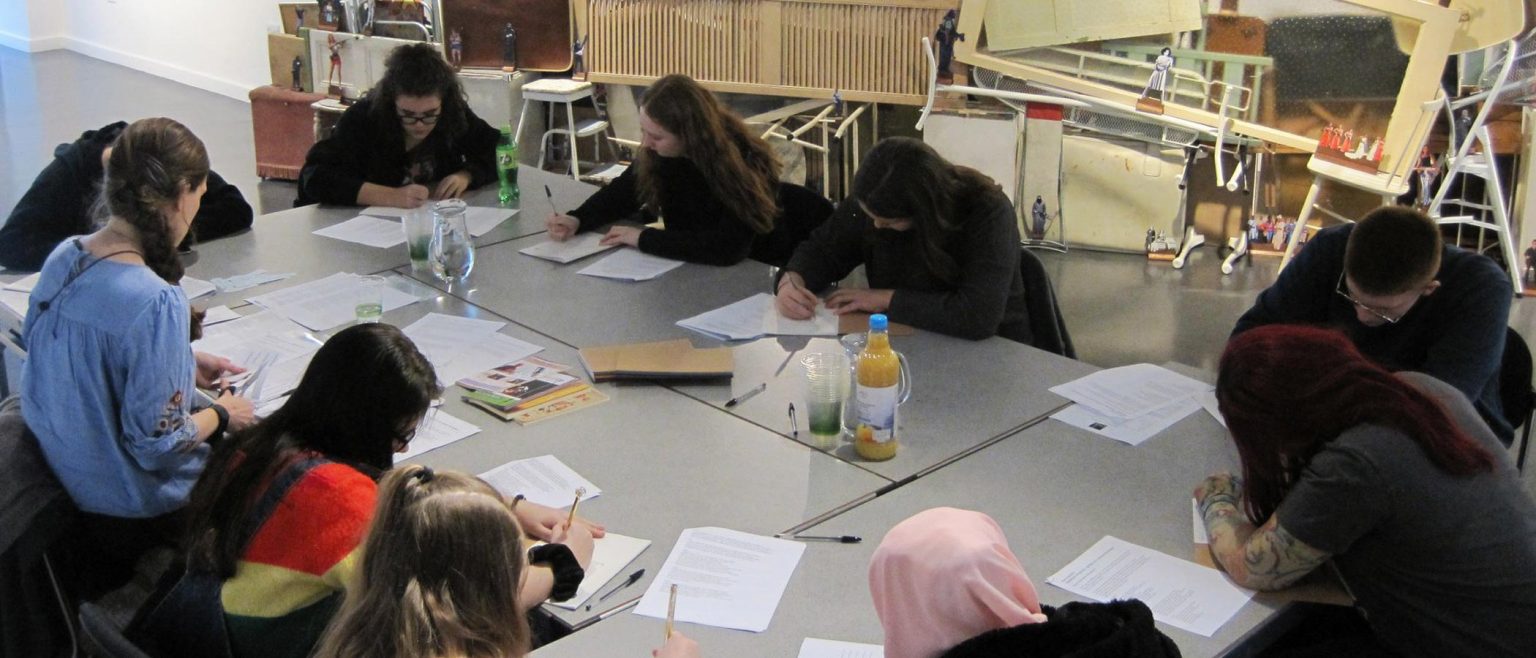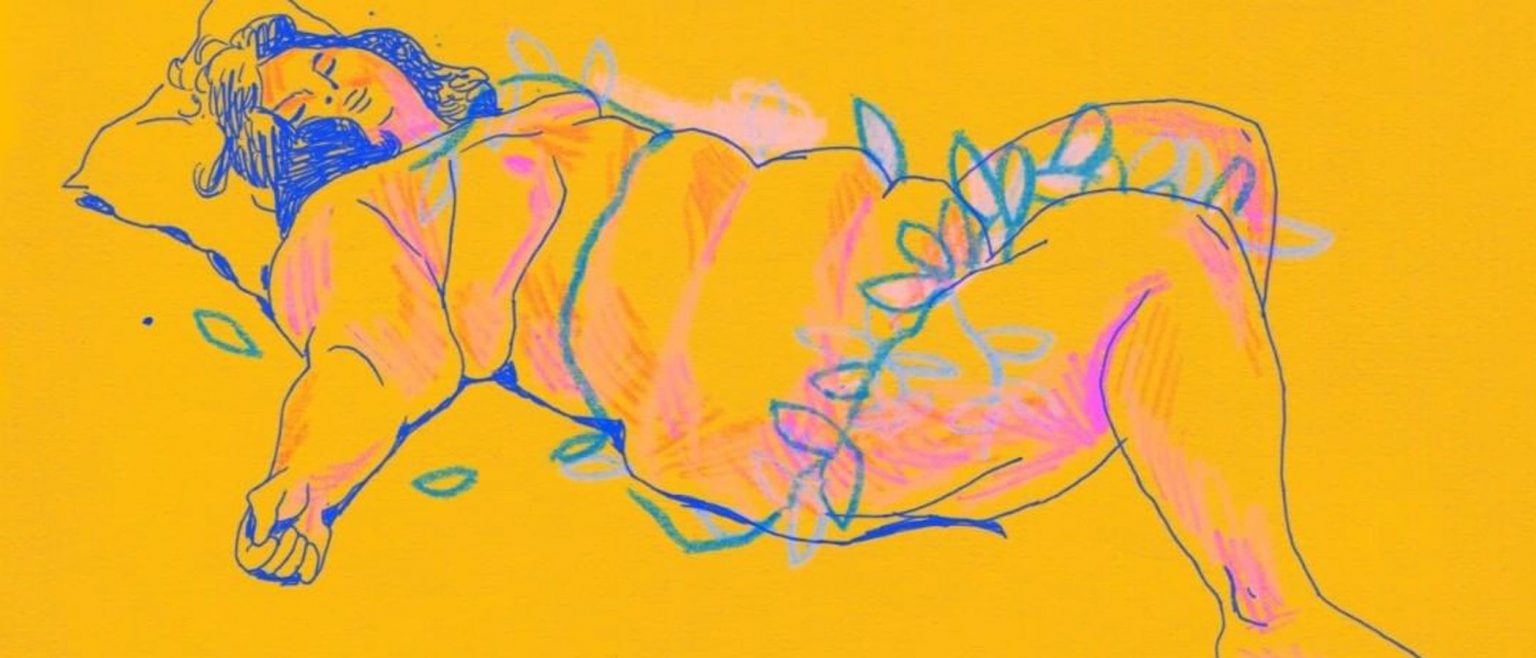Jane Hewitt trustee of LimbBo Foundation in conversation with stand-up comedian Peter Selwood.
Jane Hewitt is the grandmother of Tommy, a little boy who was born with Limb Difference. She is also the trustee of the charity LimbBo Foundation, who create working assistive devises for children who need them and among many wonderful things, have built up an international community of Limb Difference families.
Peter Selwood is a stand-up comedian known for his observational style and killer punch-lines. He was born with one hand and often his comedy explores the perceptions others have of him and the wider disabled community. He often works with Britian’s Got Talent star Jack Carroll. Together they have been producing the ‘disability sketch show’ Impaired. In 2020, the pair turn this into a regular podcast of the same name.
Both from Barnsley, Peter and Jane meet hear for the first time and find out how each other’s experiences of Limb Difference took them on different paths.
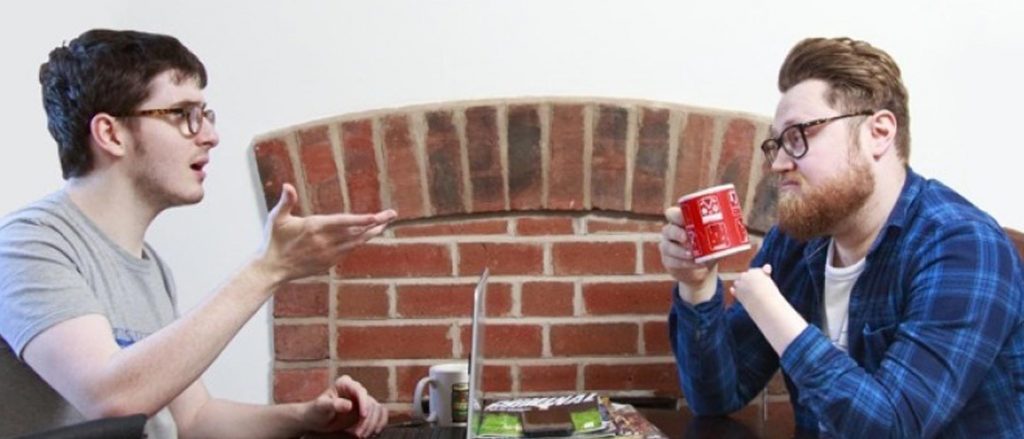
JANE HEWITT
I’m Jane. I’m Barnsley born and bred. I was a teacher for 35 years, and I’m now supposedly retired but actually I’m very doing quite a lot of stuff – I train teachers, I work as a photographer, I’ve written a couple of books, but the majority of my work is with LimbBo and stems from my grandson, Tommy, who was born with limb difference.
When my daughter-in-law was 20 weeks pregnant, she was told that ‘there was a problem’, and nobody knew what to do because there was nobody in Barnsley Hospital with any experience of Limb Difference and the only thing that the family were offered was a termination and a black and white typed sheet that said that Tommy had Amniotic band Syndrome.
Fast forward three years and we decided that Tommy needed to meet other children like him and that’s when we set up LimbBo Foundation. We work out of a garage in Royston, Barnsley and we have an international reach. We create 3D printed assistive devises for children and just this week, we have taken five orders for bicycle handle adaptations, two in the UK, one in the US and one in Cape Town. That’s the brief version. What about you Pete?
PETE SELWOOD
I’m considerably less interesting. I’m Pete. I was born in Barnsley with one hand and until lockdown, I’d been a stand-up comedian. During lockdown, I started a disability comedy podcast with Jack Carroll who is a comedian and has Cerebral Palsy. We try produce a show which is a bit more realistic, rather than just inspiration porn; which you get a lot of lot in the media. You know, everyone with a disability has to be inspirational to everyone, rather than just a normal human being. So our podcast is all about us having faults.
As a double-act, we did have a disability based show, which was going really well until Covid hit. We were in talks with a couple of TV production companies about it.
JANE – What came first for you; wanting to be a stand-up or wanting to write about perceptions of disability?
PETE – It went hand in hand. When you first start doing stand-up and you first walk out onto stage, people don’t know who the hell you are. You need a good icebreaker. It settles everyone down and makes people feel more comfortable. It’s the same with me – you walk on and immediately people look and see that I have one hand and there’s a tension in the room that I have to play with. Now I’ve got a few, quick jokes at the start about it to settle them in and you can see them go, oh, he’s alright, he’s normal.
You can see them thinking, oh, I hope he’s funny because I don’t want to sit here feeling bad about him.
JANE – I find when I’m out with Tommy, people look and stare. Kids will run up to Tommy and their parents are like, don’t talk about his Limb Difference. But that’s not how we brought Tommy up. People look and that’s natural. We’ve watched kids run up to Tommy in the playground and he’ll just come out and say, ‘this is my little arm – do you want to build a fort?’ It’s the elephant in the room, so let’s get this out of the way. He’s still a kid and just wants to get on with playing.
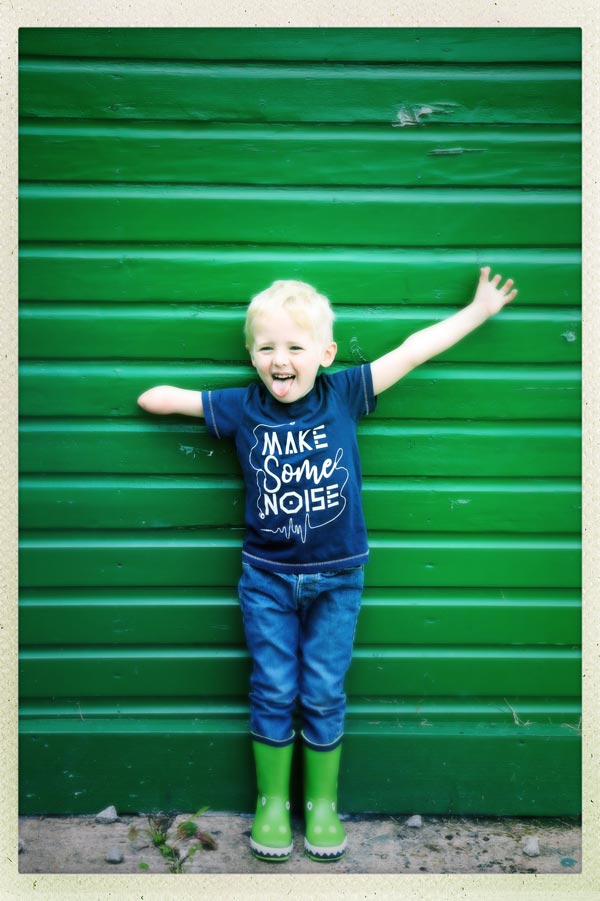
PETE – With kids, you expect that natural curiosity. If adults are looking, they should know better. Of course, they want to know things, but in my opinion, the worst thing you could do as a parent would be to walk away. No, this is your opportunity to learn and explain. Kids are just interested. There’s no malice.
I haven’t got any kids of my own but with my nieces and nephews who are four, five, six, as soon as I see them, they want to see my little hand. It is a novelty to them but that will be good for them in later life, because they’ve already learned about it early on from me.
JANE – When Tommy started school a couple of years ago, we stressed to the teachers that we wanted him to be treated exactly the same as everybody else. He was four and on his birthday his teacher said that at playtime all the kids were around him looking at his little hand. She said that she waited to see how he handled it. He literally just told the kids this is how he was born. Now the kids all call it Tommy’s ‘born arm’. He’s now surrounded by people who know him and who love him and his classmates don’t think of it as anything different.
We work a lot with schools to educate children and teachers. We take our 3D printed arms and talk to the kids and help them understand more and raise awareness. And I think that creating that awareness is more important than creating the 3D printed arms.
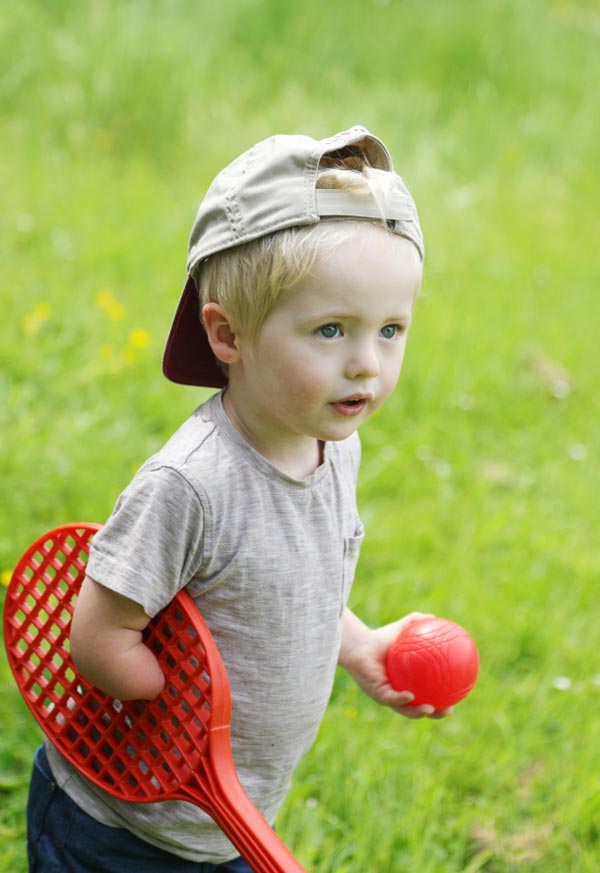
PETE – So the 3D printed arms are peripheral. It’s more about building up that community?
JANE – They cost £25 to make. A child can put their arm in it and bend it, clench. It’s got some basic functionality, but it makes them feel special about their little arm. I’ve worked with some schools where we have had children design the arms and we’ve produced them. It’s about them not hiding it and celebrating their difference. We didn’t want Tommy to hide his.
Maybe you can help me with this Pete. When he gets older – a teenager – is there a point when he will start to feel embarrassed by it?
PETE – Yes. I mean I can only honestly speak about my own experience and for me it was puberty and when you start to get attracted to other people. I felt it was as normal for me as it might be for someone who has spots or didn’t like their tummy. I felt like I was going through what any other kid was going through, not being confident in their own body. It starts to disappear more as you get older, go to college or university. I felt like I was the only one putting pressure on myself.
JANE – How do we start to help our kids get more confident? How do we get them to see that? Again, it’s this inspiration porn thing, isn’t it? You just get on with life with one hand, it is very normal and not in the least bit inspirational. Let’s not make it a big thing about you getting dressed with one arm.
PETE – Realistically, there is only ever going to be a few things that I can’t really do. And I think you just realise early on in your life and then pretty soon you just don’t care. I mean, I’m never going to be a juggler. I couldn’t care less. I struggle with a corned beef tin. You know, these are very minor things, right?
JANE – Yes, and a lot of people struggle with corned beef tins at the best of times. Have you ever considered things like adaptive clothing?
PETE – I’m at the point where I’m 30 and that doesn’t affect me. Sometimes I might think about a sleeve being a bit too long or short, but that’s it.
JANE – If I’m buying Tommy a winter coat or a sweater, I know rolling up a sleave won’t work, do you know what I mean? So I might get it shortened a little. You become resourceful.
PETE – It’s all down to the individual. If I ever need something to really properly fit, like a tailored shirt or jacket. Oh, here’s a story. I went to Colombia for a wedding, and we had to get measured up for tuxedos. It was ridiculously cheap; about twenty quid for a tux. When we went to get the shirts on the day of the wedding, they’d basically just cut the sleave off at the elbow. I have an arm – just no hand! So just before minutes wedding, we had to run around the city and try to find a regular shirt we could roll up. To be honest, we found it hilarious. But yeah, I guess it’s got to be specific to the person.
JANE – As an adult, do you find that people want to do things for you instead of letting you do it yourself? Or is that just because Tommy’s still a child? Sometimes, he’ll play on it and say ‘can you do this for me, I’ve only got one hand?’ And I say ‘nice try, get on with it’.
PETE – My mate Jack who I do the podcast with, he’s got Cerebral Palsy. He knows the game. And like, he knows he knows the game. If he’s ever late for a meeting, he’ll say, ‘oh my feet were hurting’ and the other person in the meeting will say ‘oh absolutely, not a problem’. I’ll look at him and think, ‘no they fucking weren’t mate! You got a hangover!’
Going back to what we were saying earlier, you want to see people who are like you in the media but not every article has to be about inspirational people. For example, this person does really well on Tinder even though they’ve only got one leg! Or she’s only got one arm but she’s gorgeous!
JANE – When was the first time that you saw someone with Limb Difference in the media?
PETE – For me, I guess it would be when I was little, we used to go to these charity weekends away and there would be lots of people who had issues with their limbs. Jeremy Beadle was the founder of the events. He was born with a small hand. He was a famous face in the disabled community. He was the only one on TV for years. It was good seeing someone like you achieve some success. But for me, the events were more about seeing other kids like you because everyone would be staying in the same hotel.
Now you see more actors in wheelchairs, whereas before a person’s disability was a pivotal part of that character’s story, rather than them being just a normal character. Their disability was never mentioned. There was the programme Life that was on TV just recently. There was an actress in it with one arm (Melissa Johns) and throughout the entire series, it doesn’t get mentioned. It just isn’t part of the plot. They’re just a normal person getting on with life. I think that’s so important. We don’t need another My Left Foot.
JANE – For me it was Cerrie Burnell from CBeebies. There was this horrible backlash against her quite early on. Parents were complaining that it was frightening for children to see someone with Limb Difference on television. Another example of children not being part of the problem. It’s the parents, not the children that are the problem. I remember Tommy being a toddler and seeing her for the first time. He immediately recognised her as being like him.
PETE – People just don’t like difference. It doesn’t make anyone a lesser broadcaster or presenter.
JANE – I remember at the first meeting we organised at a local Soft Play; I wished I’d filmed some of the reactions. There were eight families. The kids were just being themselves, throwing themselves around playing. The atmosphere was amazing. Where as usually we are the minority, so to see them sat with each other, comparing their little arms with each other was lovely. It was about making it normal for them and being more visible. Other than those types of meetings, had you ever met anybody else with Limb Difference?
PETE – When my auntie was born, she was what the medical profession often called ‘spasticated’. I don’t think she’s been diagnosed with anything else since she was a kid. Other than her, I’d not really met anyone else with a disability until I started stand-up. Doing stand-up, you get these university gigs for disability awareness weeks. To be honest, it can be quite patronising, but universities have lots of money, so you know… job’s a job and I want to get paid. That’s when you start to meet the other comedians that are all on this sort of disability circuit. That’s when I started to hang around with Jack Carroll a lot.
I think that is quite common in small towns like Barnsley, you can easily get stuck in that small town mentality and not go or explore elsewhere – meet other people with different experiences.
JANE – I genuinely think it all comes down to educating kids and just being open and honest. I know that the kids we have worked with in schools will end up being more accepting, tolerant and understanding. It will make a huge difference. You’ve got to start off small.
PETE – One of the most prominent stories in the media about Limb Difference this last year was of the film The Witches (a new adaptation of the 1983 Roald Dahl book) and the negative representation of Limb Difference.
JANE – We first became aware of it when one of our parents shared a link with us and asked ‘am I being oversensitive? This is not right, is it?’ Lots of people, including us, were really upset by it but so many people were saying ‘oh, get over it’. But those images were saying to have fingers or hands like this means that you’ve got an evil side and that you need to keep them hidden. Those witches kept them hidden in gloves. In the end, Anne Hathaway who played The Grand High Witch in this film wrote quite a thoughtful and apologetic letter about it. She’d unpicked it and was honest and that was good. But it really was horrendous at the time. I think it encouraged a lot of conversations, and unfortunately a lot of trolls on social media too.

PETE – The comments were really awful.
JANE – You know, portraying any sort of disability in that way is wrong. When we spoke about it online, some people said to us that the negativity had never actually occurred to them.
I think it is also this acceptance that this image or this body is going to really upset you. It goes back to the parents hiding their kids from seeing disability. Also, they didn’t speak to the Limb Difference community about this before they made the film.
PETE – I’ll be completely honest with you, I did what loads people do. And this is a big problem throughout society. I read the headline and I went oh give over, you’re being too sensitive and left it. But then a few days later, I saw the clip and I completely changed my mind. I think one problem in society is that people don’t take in new information and unpick things, they just read the click bait headlines. And I was guilty of that. It did make me read things a bit more closely, rather than just skimming the headlines.
I watched a clip, the one when all of the witches are in the hall and they unveil themselves and as soon as I saw it, I said to myself, I was wrong about that. I think in the original film, the witches were all grotesque looking, big noses, scary faces, it was quite scary as a child. But this version, there is such a focus on the hands and I know people who have hands exactly like that. It’s not like I was being too sensitive for myself. I don’t care. I doesn’t affect me. However, if you’re a child and as a result of seeing that film, some kid in the playground gets called a witch – that’s not nice.
Pete and Jane met over Zoom in February 2020. This is an extended version of an article published in No Boundaries, a zine published by The Civic and supported by ASOS.
If you would like to find out more about the work that LimbBo Foundation do, please visit www.limbbofoundation.co.uk. You can also find them on Facebook and Twitter.
Impaired: A Comedy Disability Podcast with Jack Carroll, Pete Selwood and Chris Copstake is available on Spotify, Apple and Podbean. You can find Impaired on Facebook, Twitter and Instagram @ImpairedComedy.
